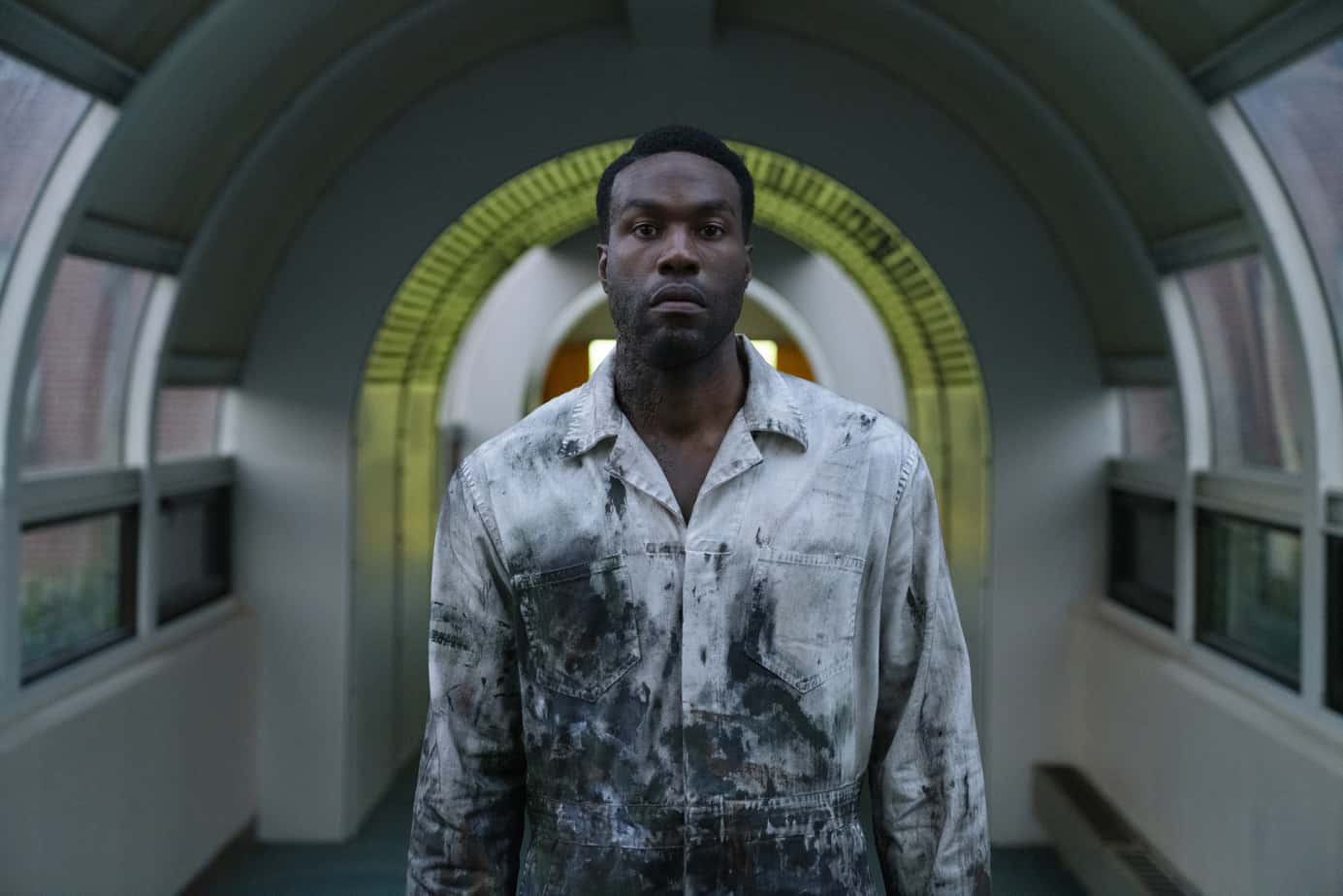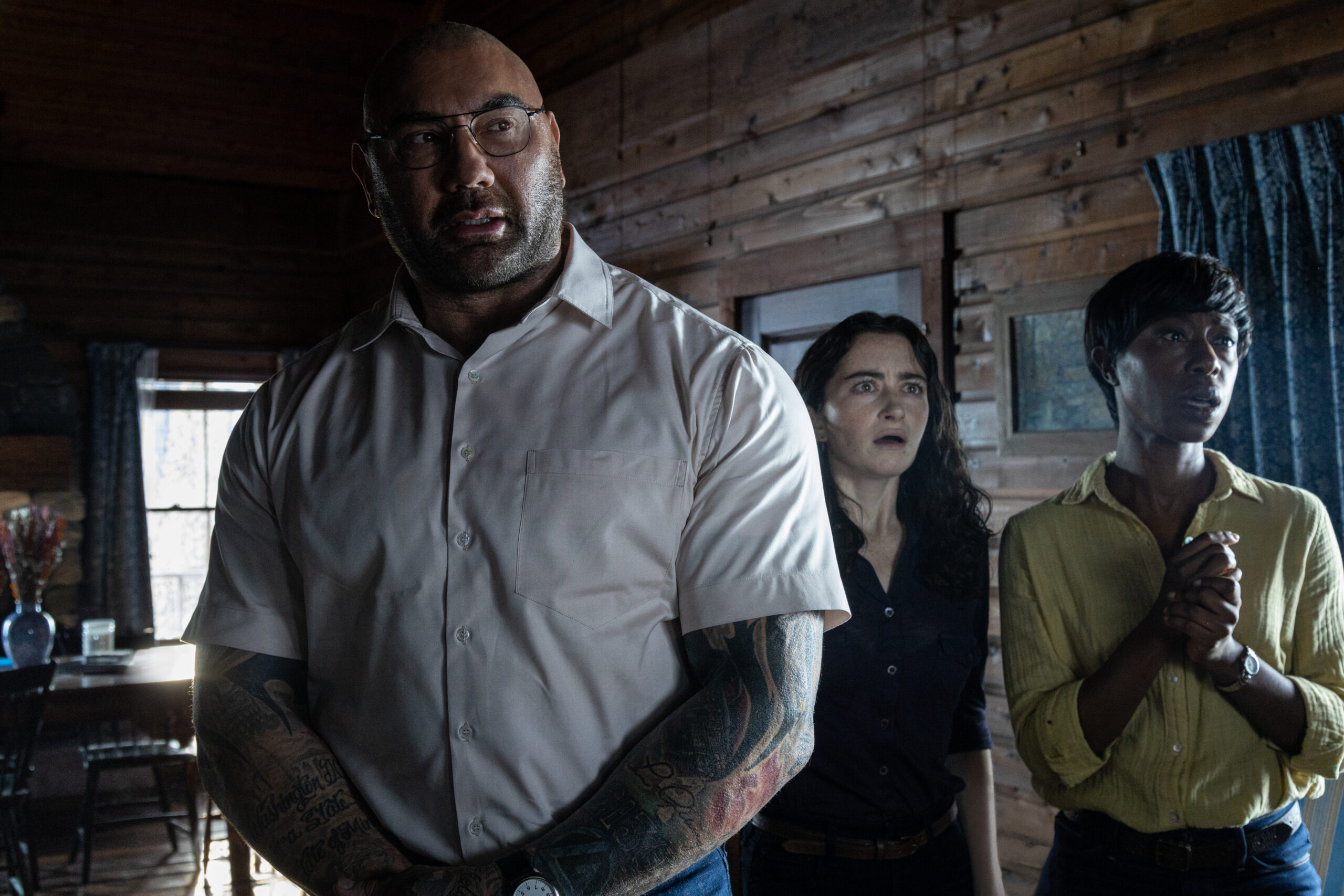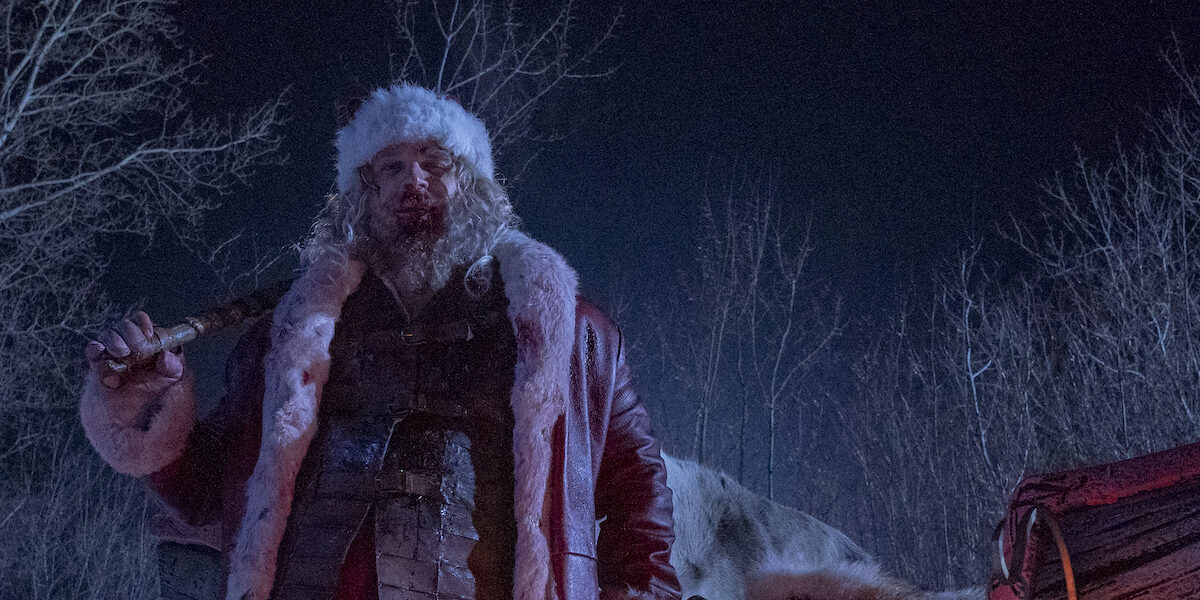
‘CANDYMAN’ (2021) Review: Strong Flavor With A Sour Aftertaste
The horror genre is one of my favorite genres of film. Mainly because of the diversity that it can bring to viewers. It can take you to different ends of the spectrum. It can thrill you. It can chill you to the bone. It can shock you. It can make you think and go deeper behind the surface of what you are visually seeing and look for something more. Social and political commentary is no stranger to horror. In fact, some may say the horror genre was born out of it to give birth to allegories to echo what was happening at that point in time. Director Nia DaCosta’s Candyman is mostly a great companion piece to the 1992 Bernard Rose adaptation of Clive Barker’s The Forbidden. It also reflects the similar approach that 2018’s Halloween did by essentially being a sequel yet acting as its own film.
This entry into the Candyman lore is brought to 2019 where we follow an artist by the name of Anthony McCoy who is trying to find inspiration among his gentrified Chicago neighborhood and his girlfriend, Brianna, is an art dealer that has a show coming up who is trying to encourage Anthony to break through his painter’s block to have a piece in her upcoming show. During a housewarming party, Brianna’s brother, Troy, turns off the lights and begins the campfire legend of a time prior to the nice coffee shops and condo sky rises being built where they sit to the Cabrini-Green projects which shared the same land. Troy begins to tell the legend of Candyman. More importantly, for fans and people who enjoyed the 1992 film of the same name, Troy doesn’t have his story exactly correct. There are embellishments and unfactual lines spoken from his lips much like a majority of urban legends. The past gets twisted. However, there is enough lore and appeal to the story of Candyman – which essentially is a mixture of what the audiences know and the urban legend of razor blades in wrapped candy.
Anthony (Yahya Abdul-Mateen II) attempts to get closer to the story and tries to seek out its untruths by going urban exploring through derelict buildings and talking to a local man, William Burke (Colman Domingo), who runs a laundromat nearby. Burke had an encounter with Candyman in the 70’s and seems to be the local Candyman expert. Burke explains the truth and the history of Candyman, which in this version is mainly about a mentally handicapped man, Sherman Fields, with a prosthetic hook for a hand who hid in walls offering candy to kids. The cops were on a manhunt in Cabrini-Green and unjustly found him and beat him to death. Anthony decides that the story is too vast to try and capture in one piece and is inspired to birth more of a series with Candyman. His first art piece introduces a mirror into his art installation to tell the cautionary tale of saying Candyman five times in a mirror may make him appear. What happens next is, of course, white people.
Nia Dacosta, along with her co-writers Jordan Peele and Win Rosenfeld, crafts a more in-tune version for modern audiences. As a society we tend to want to wash things away, sweep them under the rug. But like most things, nothing stays hidden and, even if it does, it finds a way to resurface. The majority of the film is so interesting to watch and while it has blood and horror elements, it is more of a paranoia piece. Is Anthony descending into madness? Is he perhaps becoming the physical embodiment of the malevolent spirit of Candyman?
DaCosta’s adaptation of Candyman may barely resemble Barker’s original text and is definitely an extension of the world that Bernard Rose created. The majority of the film is strong and pretty independent at being a new structure built on top of the already established ground. Paranoia and the loss of identity is a universal fear that is definitely a theme here and maybe why DaCosta’s film is so appealing. There’s some of the mythology of consumption that was introduced with the 1992 film taking hold more in this entry. Anthony’s descent into finding more and more about the truth and how his role comes into the legend of Candyman unravels to a pretty clever, yet predictable, outcome where DaCosta’s story can stand on its own while still paying respects to the film that is one of the highlights of 90’s horror. Where it missteps is in the final 20 minutes. I know the film went under some reshoots and it seems this is the point in the story where it may have been focused on. The ending feels lazy and, to a point, detrimental to what was built prior to it. While it is a statement on the current state of the relationship between authoritarianism and the black community, the setup and execution of it doesn’t feel as poignant nor as strong as the preceding statements made. To put it quite bluntly, it feels impersonal, foreign, and empty much like cotton candy. While it’s nice to see it, as a fan, it also includes a bit of fan service that feels cheap. The race to a conclusion feels like there is a missing reel in the film – a setup in the ending that is just not there.
The other takeaway to the film, that I personally feel like mentioning, is the fantastic, dread-inducing score from Robert Aiki Aubrey Lowe. Philip Glass is as much of a character at play in 1992’s Candyman as is Lowe’s score but it has no problem creating moody soundscapes that definitely contribute to the horror of what is happening to our characters. Simply put, the score is superb. While it may not be the standout compositions that Glass did previously, Lowe’s score is nothing to pass by. It is still a catalyst to the narrative.




